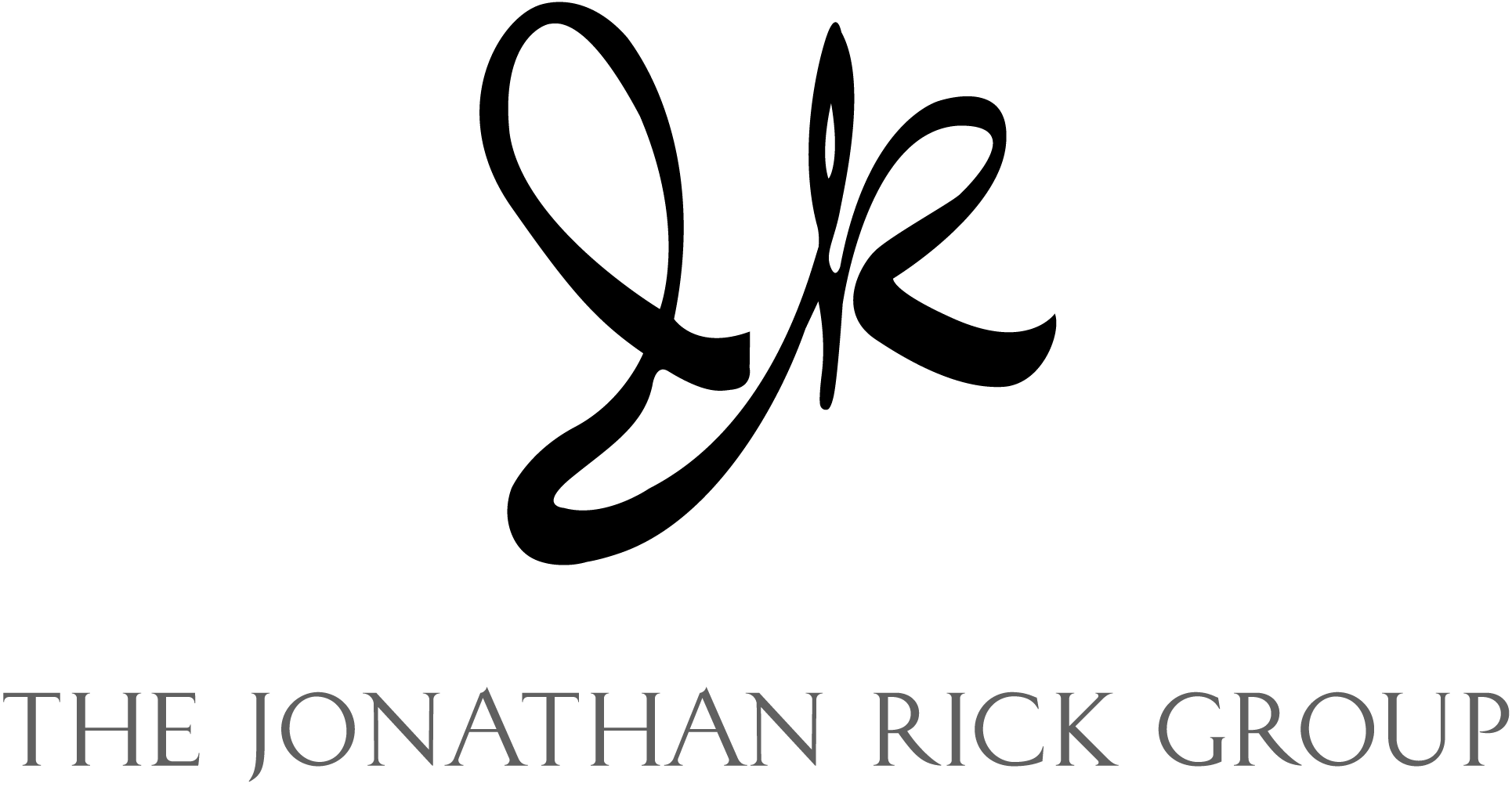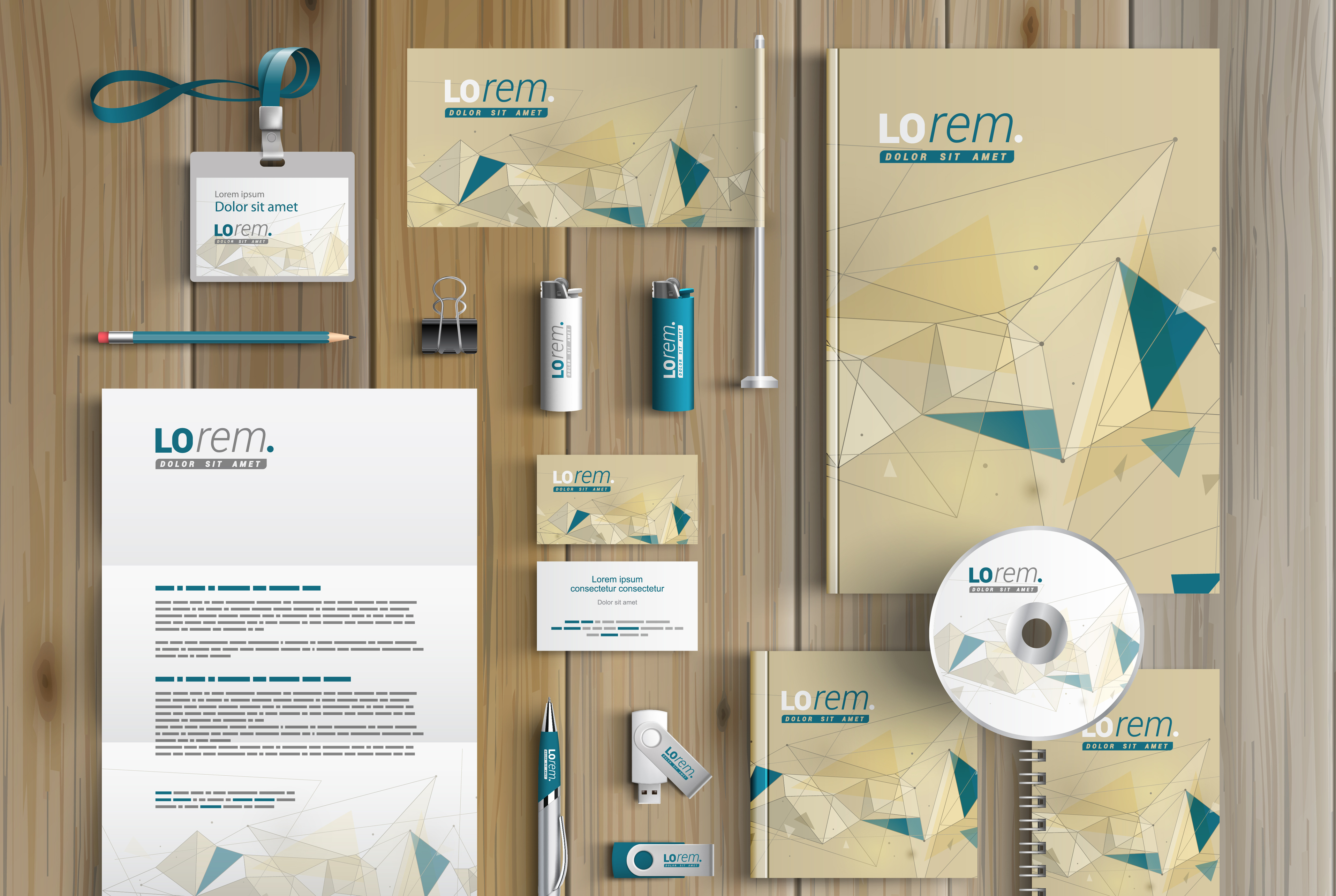One of the most overlooked opportunities for online marketing also happens to be one of the most ubiquitous: the email “signature.”
One of the first things new employees do is create a “signature block” for their emails. These half-dozen lines or so, consisting of your contact info, plop themselves at the bottom of every email we send. Yet few people put any thought into their e-signature, let alone alter it after it’s set up.
This modus operandi reflects a 1.0 mindset. Let’s upgrade it.
First, think of the e-signature the same way you think of business cards: they reflect upon your organization’s brand. This is why every employee’s card looks the same and contains the same basic information: because each flows from a uniform design template.
Yet most firms treat the e-signature as an afterthought. They’ll hire someone to design a business card, stationary, and even envelopes and labels, but utterly neglect email—which, of course, reaches far more people than do the aforementioned materials, combined.
As a result, each employee fashions his own e-signature. Some people include their job title; others cite their department. Some link to the company website; others call out the company’s social networks (or their own). Some prefer hyphens or periods to parenthesis in listing a phone number; others want to abbreviate “Parkway” as “Pkwy” or “Pkwy.” Still others include an inspirational quotation, while others favor fancy fonts.
These differences make your company look sloppy and unprofessional. After all, you wouldn’t allow each employee to design his own business card, would you?
By contrast, let’s say you developed a template that standardized these data, so that everyone’s e-signature was uniform. The template might exhibit your organization’s colors, publicize your tagline, link to your website. Your recipients, no doubt, would be impressed that your firm is organized, detail-minded, savvy.
Equally important—yet overlooked even more—are emails sent from your smartphone. By default, a mobile signature consists of advertising such as “Sent from my Verizon Wireless BlackBerry” or “Sent via iPhone.” But just as you wouldn’t let the vendor that printed your annual reports stamp its imprint on each page, so you shouldn’t give corporate giants free ads in your e-mails.
Instead, reserve this precious real estate for yourself, and promote one of your current projects. As with Twitter, a succinct, catchy sentence that’s hyperlinked is most effective. For example, you might write, “Which major news site ‘pays more than lip service to being mobile first’? The one we just redesigned for the LA Times!”
Again, consistency is crucial. To burnish your branding, not only should everyone participate; everyone also should use the same one-liners and change them at agreed-upon intervals.
So how do you herd all these cats? How do you enforce consistency? By enlisting the department that’s best equipped for technical tasks—your IT guys.
For new employees, the solution is simple: setting up someone’s computer infrastructure—what distro lists she needs to be added to, whether she prefers an iPhone or Android—should now include setting up her email signature.
For existing employees, things are more complicated—but not insurmountable. After a signature template has been decided upon, your team can parachute into each person’s Outlook or Gmail settings, and make changes as appropriate.
A tip: make sure to announce and explain this change before you implement it. An all-staff email from your CIO and her HR and/or communications counterparts should suffice.
Is it really an IT initiative? Yes. Left to their own devices, people won’t implement the signature or won’t do it right. Some will complain about technical difficulties; others will raise aesthetic objections. Without a policeman, chaos will ensue.
Is this a time-consuming and tedious project? It is. And, to be sure, the payoff appears to be modest. Yet it’s through such seeming minutiae that good brands distinguish themselves from great brands.
Which are you?
A version of this blog post appeared on Technorati (June 13, 2011), GovLoop (June 14, 2011), K Street Cafe (June 14, 2011), and GovernmentCIO (June 1, 2014).




